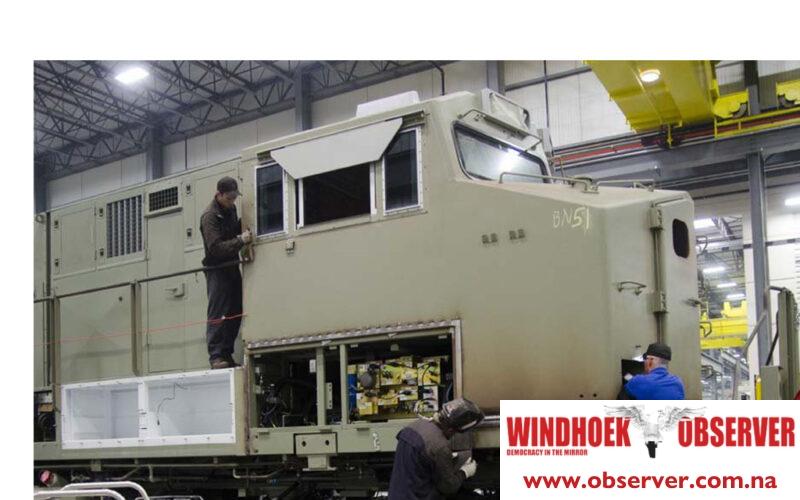Niël Terblanché
In a major step towards modernising its operations, Namibia’s national rail transporter, TransNamib announced the acquisition of 23 new locomotives and the refurbishment of seven existing ones.
This ambitious undertaking, announced last week, follows the successful securing of a N$2.6 billion loan from the Development Bank of Namibia (DBN) and the Development Bank of Southern Africa (DBSA) in June last year.
TransNamib’s chief executive officer, Desmond van Jaarsveld, during the announcement, described the initiative as essential for the state-owned company’s future.
“We are going to procure 23 new locomotives and the rebuild of seven existing ones. When I say rebuild, I mean we take the whole thing apart, down to 110 pieces, like Lego,” he said.
He added that every component, from the turbo to the engine, will be refurbished over three to four months. “Once reassembled, it will last another 20 years,” he said. He added that the total cost of the new locomotives is estimated at N$1.7 billion, while N$311 million will be allocated to the rebuilding project, extending the lifespan of the older engines.
Once completed, TransNamib’s locomotive fleet will grow to 30, marking a significant improvement from the current state where 80% of the fleet is over 50 years old. In addition to fleet upgrades, Van Jaarsveld said that TransNamib is set to invest N$29 million in workshop improvements, including state-of-the-art mechanical equipment, heavy-duty tools, and steam boilers.
A further N$249 million will be directed towards the acquisition of 300 new wagons, a process overseen by the Central Procurement Board. Van Jaarsveld stressed that the funds are earmarked exclusively for operational improvements. “No money will go towards bonuses or non-essential expenses. This investment is critical and long overdue,” he said.
According to Van Jaarsveld, the project is not only about upgrading equipment but also about building internal capacity. Two locomotives are already being refurbished in-house by collaborating with contractors and TransNamib staff.
Van Jaarsveld reiterated the importance of staff training as part of the initiative. “We are reviving older locomotives while retraining our staff. This is a collaborative effort, and it’s laying the groundwork for a more efficient and capable TransNamib,” he said.
According to Van Jaarsveld, this project will position TransNamib as a more reliable and efficient service provider, which is vital for the country’s economic growth and regional trade.




